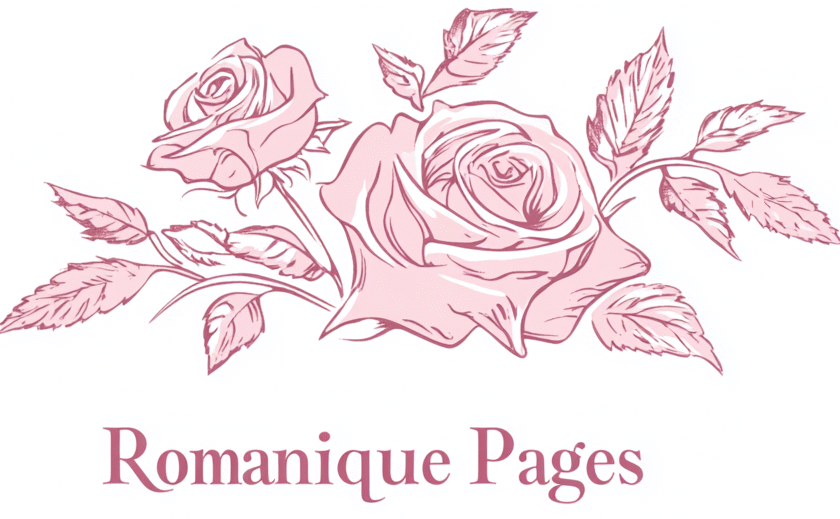
Social media has become a paradise for book lovers. Platforms like Instagram, TikTok, and Twitter are emerging as places where people share their bookish adventures, shout out favourite reads, and capture aesthetically pleasing ‘shelfies’. This virtual realm is buzzing with bibliophiles who thrive on book discussions, reviews, and recommendations.
Bookstagrammers on Instagram, with their dreamy feeds filled with vibrant book covers and cozy reading nooks, have carved out a niche that blends creativity with literature. TikTok offers a similar vibe but with a twist: quick, snappy videos where readers show off their latest finds or bring a book’s scene to life with flair and humour. Twitter maintains its footing with literary discussions, trending book hashtags, and real-time conversations that spark intellectual debates.
It’s all about community. On social media, people find community-driven challenges like ‘Readathons’ or ‘Book Bingo’ motivating readers to pick up titles they might not normally consider. Also, the influencer scene in Booktube or BookTok is influencing what people read. An influential booktalker’s mention can boost a book’s popularity almost overnight, impacting trend charts and book sales directly.
Beyond pushing paperbacks and hardcovers, social media platforms are encouraging readers to engage with diverse voices and stories, leading to broader horizons and a wider acceptance of different genres and perspectives.
Joining a book community online can offer more than just great reads. It builds friendships and forms connections with like-minded people. Plus, you get exposed to a mix of genres and authors you might never encounter otherwise. With so many people sharing their reading journeys, not only is your reading list growing, but you’re also becoming a part of a bigger story.
The Impact of Online Platforms on Reading Choices
Social media isn’t just about selfies and trending dances; it’s redefining how people pick their next read. The word gets around fast in these digital spaces, thanks to algorithmic recommendations that constantly dish out book suggestions based on past browsing and engagement behaviour.
These algorithms form a personalised reading journey, where the more you interact with book-related content, the more tailored recommendations you get. Instagram’s saved posts, TikTok’s favourited videos, and Twitter’s liked tweets all contribute to shaping what shows up next. It’s like having a personal librarian who knows your tastes and constantly updates their suggestions.
Hashtags play a crucial role as well, guiding the discovery of new reads through trending topics like #currentlyreading or #bookhaul. Book clubs have gone digital, opening up forums and discussions that invite readers from around the globe to discuss plots, themes, and characters, often spotlighting lesser-known authors and diverse genres.
Awards and nominations coming from social media influencers and communities are not to be underestimated. A social media book award from an influencer with a big following can transform a book from being relatively unknown to an overnight success. These platforms have essentially become giant book clubs that can sway public opinion on a wide scale.
For those keen on expanding their book choices, participating in these communities and engaging with different types of content could introduce you to a plethora of new authors and genres. Remember, you’re not just following trends but creating an evolving library of new interests and deepened understanding.
Social Media’s Influence on Reading Behaviours

Sharing real-time updates on books has changed our reading habits in some pretty significant ways. People love to post quick thoughts about a novel’s plot twist or a character’s development right after they finish a chapter. Social media offers an instant platform for these reactions, making reading a more interactive and communal experience.
The constant buzz of notifications and real-time discussions adds a dynamic layer where opinions and reviews spread like wildfire, influencing others to read or avoid certain books. With such instant feedback loops, readers can adjust their expectations and choices on the fly.
FOMO – Fear of Missing Out – is real in the book world, too. Seeing friends or influencers rave about a new release can create an urge to grab that book ASAP, just to be part of that conversation. This can lead to broader reading palates as people step out of their comfort zones to join in on trending books, including different genres or authors they wouldn’t have considered before.
On the flip side, social media can sometimes create a sense of pressure to read what’s popular rather than what genuinely interests you. To maintain a balance, it’s helpful to engage with communities that align with your personal interests and to take breaks from trends to focus on your own reading pleasure.
In essence, while social media shapes habits by encouraging diverse reading and offering real-time engagement, using it mindfully to complement personal preferences can enhance the overall experience. You’re not just turning pages—you’re shaping conversations.
The Influence Of Media Literacy
Social media is opening doors to literacy in ways traditional methods might not have imagined. With the sheer amount of reading, writing, and engaging required on different platforms, users are constantly honing their language skills. This effortless interaction makes the internet a unique tool in enhancing literacy, particularly among younger audiences used to digital interaction.
Posts, comments, and captions all require a level of writing proficiency, and users often find themselves diving into rich threads about books—a modern spin on old-school book reports. These online conversations sometimes become unexpectedly deep, as people deconstruct themes and symbols or simply analyse character development in ways that feel anything but ‘social media ‘- like.
Exposure to materials beyond traditional textbooks means encountering new vocabulary, ideas, and global perspectives daily. Bridging the gap between traditional and non-traditional sources expands one’s understanding of not only language but also culture and societal issues, thereby contributing to literacy.
This rise in digital discourse encourages more than just reading. Blogging, reviewing, and even succinct tweeting foster concise and impactful communication skills. Readers become writers in their own right, sharing thoughts with a broad audience, eager for input and discussion.
To make the most of these opportunities, actively participate in online book discussions and explore a variety of content to diversify your language skills. By engaging with the plethora of material available, you’re broadening both your reading and writing horizons. Using social platforms not just for engagement but as a resource for learning can gear you up for a richer linguistic experience.
Adapting to a New Reading Ecosystem
In the digital age, publishing houses and authors are using social media platforms not just to reach audiences but to engage with them in new, exciting ways. They host live Q&A sessions, virtual book tours, and online reading marathons, creating a direct line to their fans. This kind of engagement wasn’t possible before the social media era and is giving readers a front-row seat to the creative process.
The landscape for what ‘reading’ means has broadened. Ebooks and audiobooks are more popular than ever due to their accessibility and convenience, fitting effortlessly into our mobile lifestyles. Social media is buzzing with readers sharing pros and cons of digital vs. print, often leading to a blend of both worlds where people enjoy stories however suits them best at the moment.
This convergence of formats means readers have more options than ever. With a smartphone, you have a library ready to read or listen to, right in your pocket, available any time. It’s about catering the experience to fit your life while still indulging in the joy of stories.
However, the challenge lies in balancing the non-stop consumption of digital content with quality reading time. It’s easy to get caught up in endless scrolling, so setting boundaries is key. Choose times to disconnect and dive into a book without digital distractions, ensuring you get that immersive, unbroken reading experience.
Using strategies like setting specific reading goals or creating a cozy reading nook can help maintain this balance. It’s all about integrating the traditional joys of reading with the benefits of our modern, connected world. Embrace the technology, but also cherish the quiet moments with a good book.
